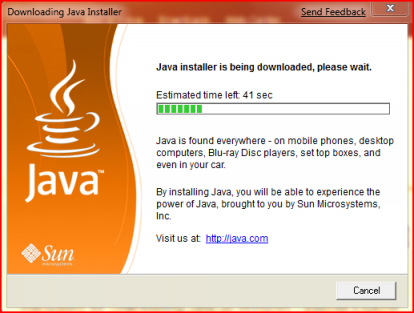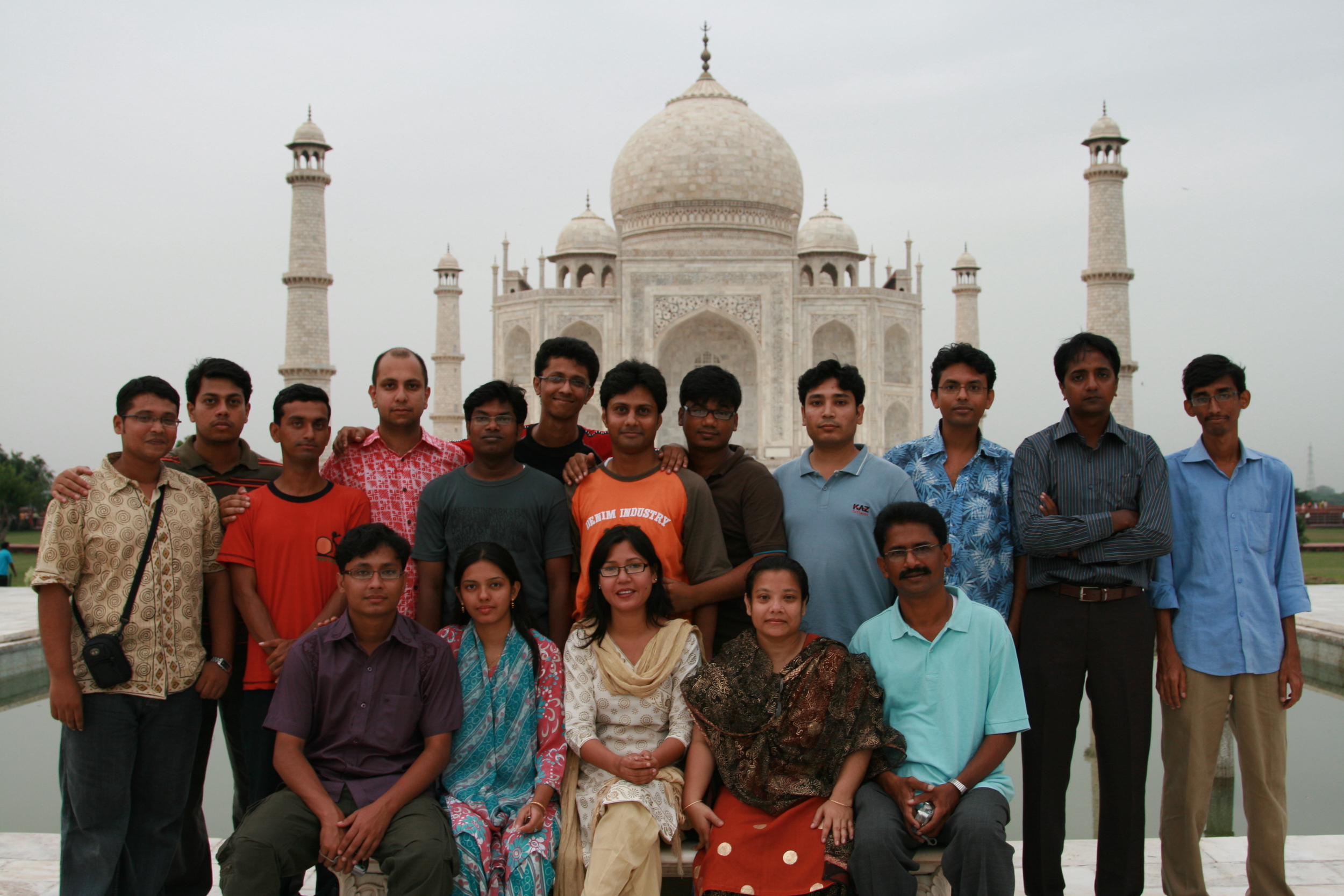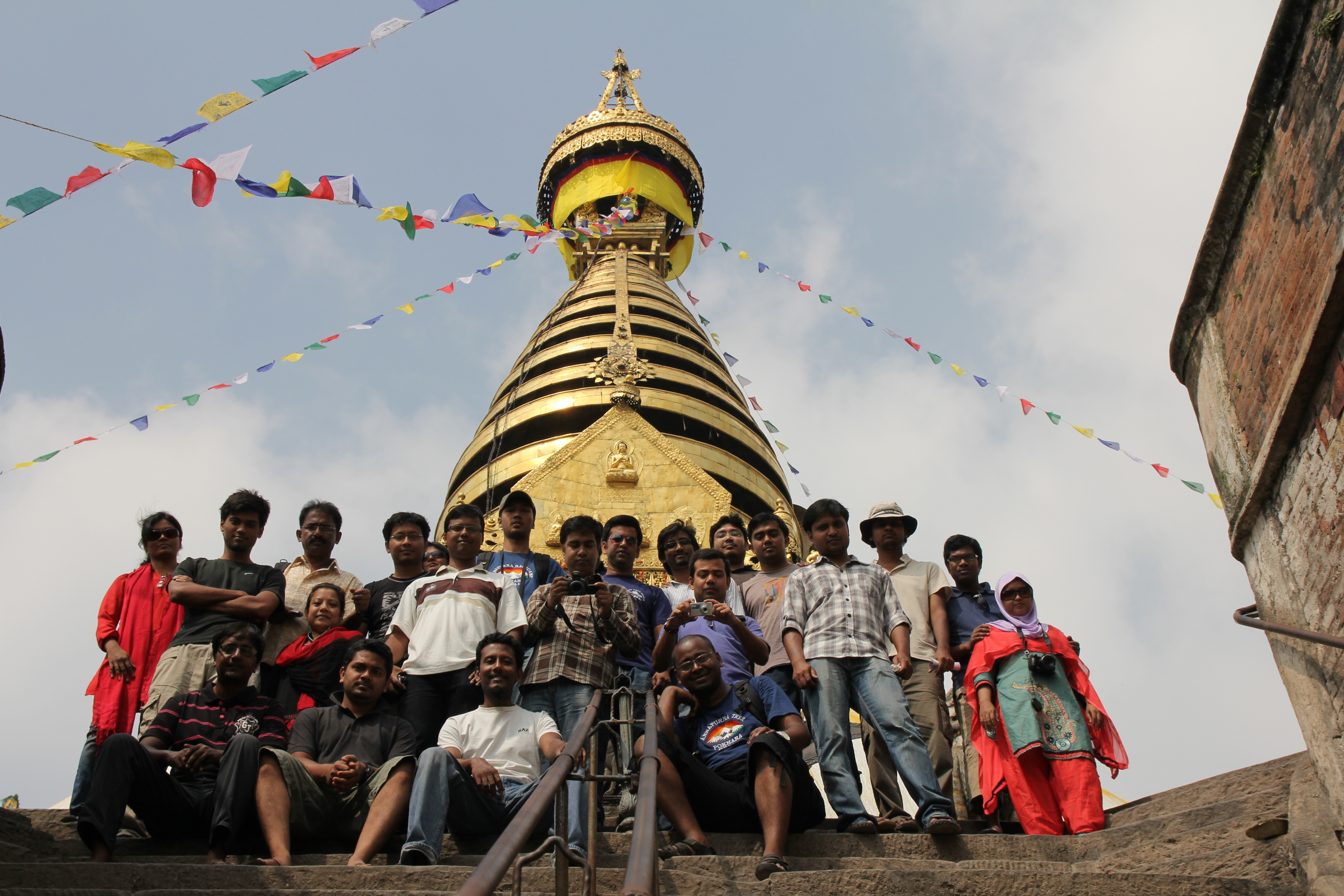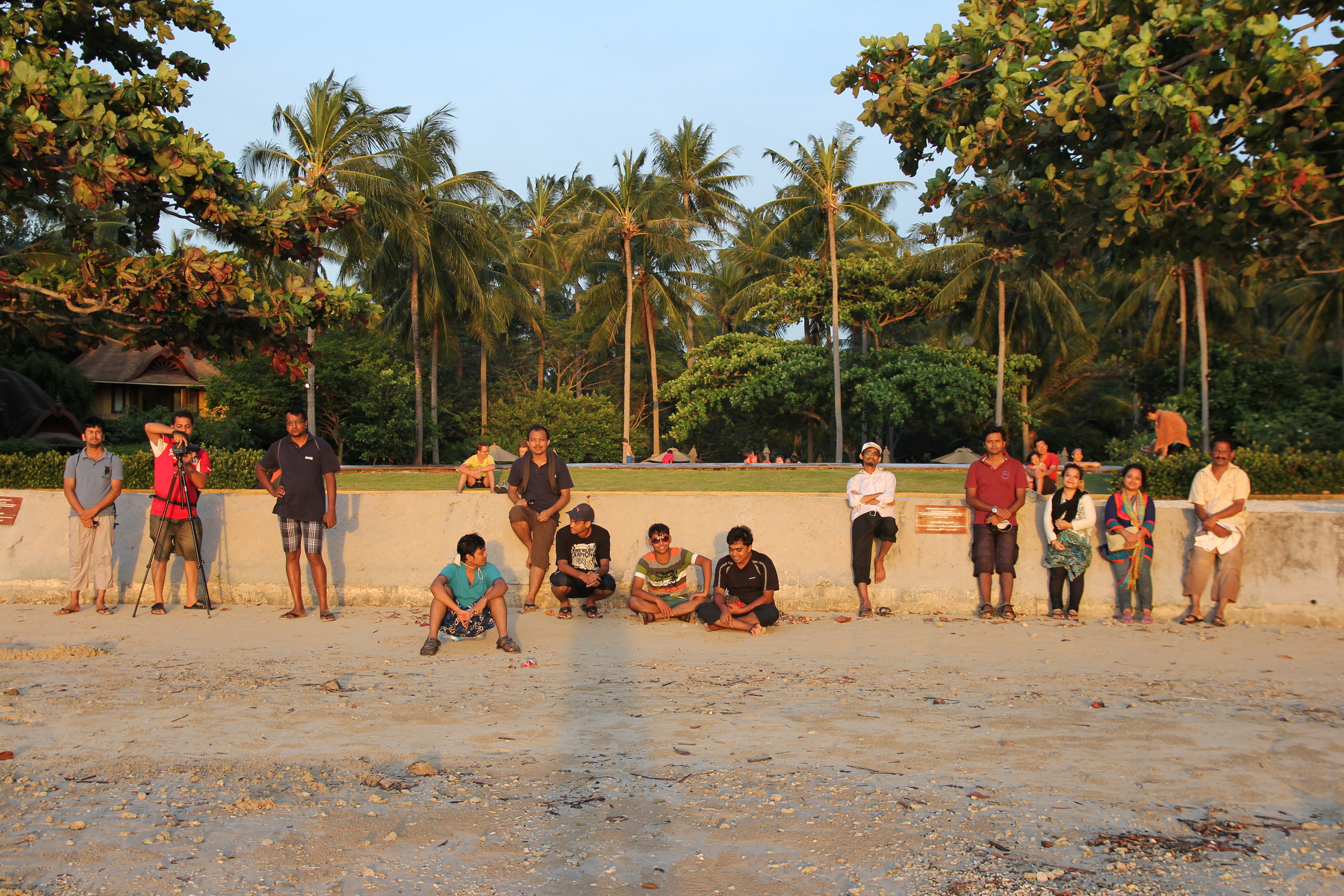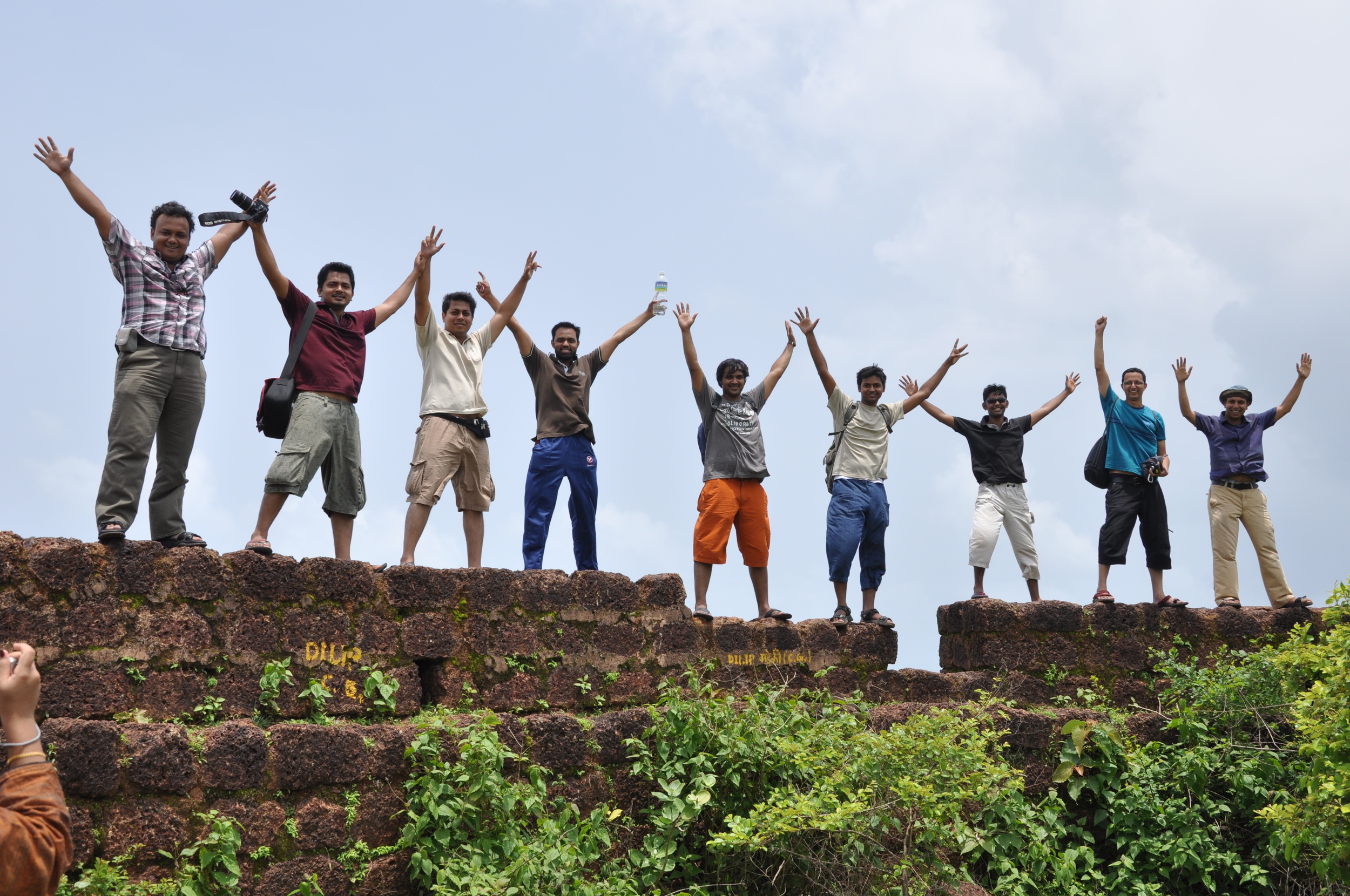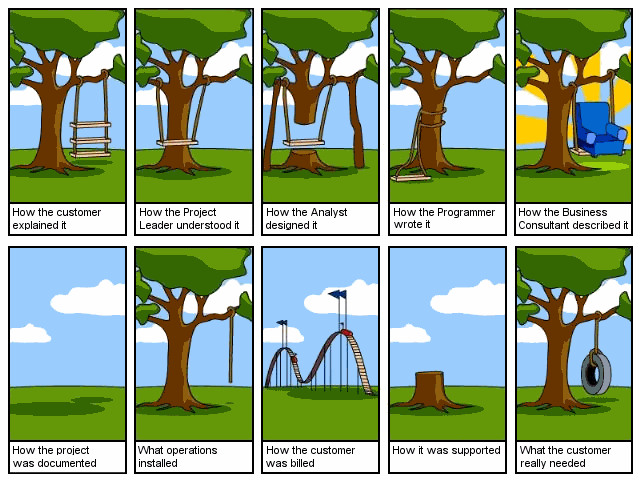The Internet of Things and You
/Imagine This
You wake up in the morning to the alarm of your smart phone, yawning, you speak to the phone “run routine 3”. The windows to your bedroom turn from opaque to clear as sunlight from outside floods in. Automatically the coffee machine switches on, the 3D Food Printer comes alive printing your breakfast according to the preprogrammed menu. While your breakfast is being prepared to perfection, you get up to go the toilet to wash up and well do the stuff a lot of people do in the morning, your toilet reads your health situation from sensors built in to it monitoring uric acid, albumin and sugar levels. The Bathroom mirror displays some of the breaking news and any messages you might have received at night while your smart shaver reads the contour of your face using a small laser to read your skin condition and deftly control how close a shave it will give you. You eat your breakfast while your fridge details the state of your groceries. You get ready to go out. As soon as you close the door the home maintenance system shuts down the air-conditioning and all non-essential appliances.
You walk to your garage place you finger on the security sensors that reads your finger print and along with a signal from your cellphone, disengages the lock on your car. You get in and your car greets you and asks where you would like to go. You say “to my office” the cars computer goes to a database to see what the road conditions are including weather and traffic situations. It plots the optimal route, prompts you for the go ahead and starts on its way while you recline in your seat and review the 3D holographic presentation that you had made on your smartphone. You reach your office without even touching the steering wheel.
This is just a small example of the way the world is evolving around us. Much of this might seem to be nothing but some excerpt taken from a science fiction novel but many of these technologies have already been developed or are in prototyping stage and will be around us over the next few years. This will be the World of the Internet of Things (IoT).
“Internet of Things” What is It?
The easiest way to understand the Internet of things would be to look around us at all the object or “things” that we use most of these objects are inanimate or more simply dumb, they cannot operate without human decision or intervention. The Internet of Things IoT will change how these objects are used by allowing them to not only communicate with each other but to share relevant information over the internet, allowing them to make decisions autonomously. These smart objects or things will be embedded with electronics, sensors, software and connectivity to enable them to achieve greater value and service by exchanging data with the user, manufacturer, operator or other connected devices. Simply placed the Internet of Things will allow us to have person to machine (or device) communication, machine to machine communication (or device to device communication) and machine to person communications all enabled through the Internet.
The Internet of things is set to change our journey in to the future. The way we interact with world around us and how it interacts with us in turn will transform our mundane lives into something more interesting for sure. That is why I will be gradually publishing a series of articles for you all related to the Internet of Things (IoT). So stay with us for our next parts it’ll be fun.












